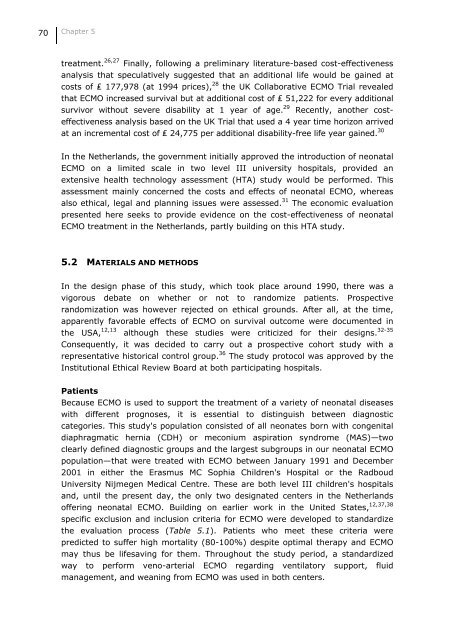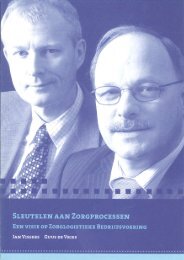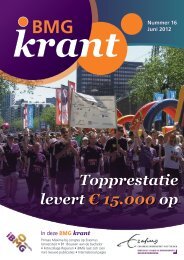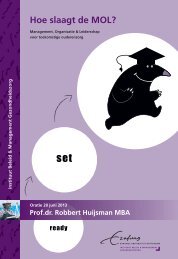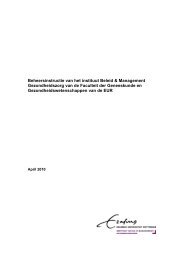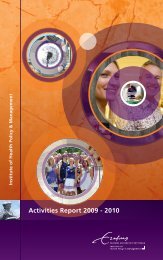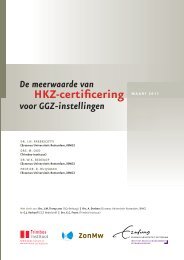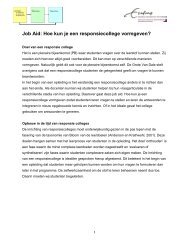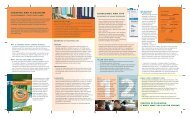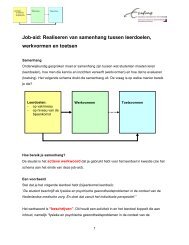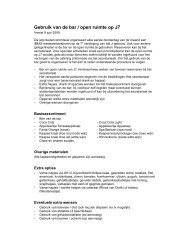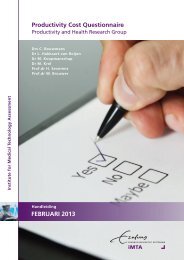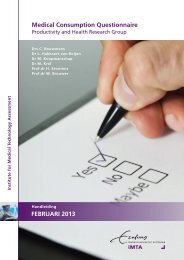Marten J. Poley - Erasmus Universiteit Rotterdam
Marten J. Poley - Erasmus Universiteit Rotterdam
Marten J. Poley - Erasmus Universiteit Rotterdam
- No tags were found...
Create successful ePaper yourself
Turn your PDF publications into a flip-book with our unique Google optimized e-Paper software.
70Chapter 5treatment. 26,27 Finally, following a preliminary literature-based cost-effectivenessanalysis that speculatively suggested that an additional life would be gained atcosts of 177,978 (at 1994 prices), 28 the UK Collaborative ECMO Trial revealedthat ECMO increased survival but at additional cost of 51,222 for every additionalsurvivor without severe disability at 1 year of age. 29 Recently, another costeffectivenessanalysis based on the UK Trial that used a 4 year time horizon arrivedat an incremental cost of 24,775 per additional disability-free life year gained. 30In the Netherlands, the government initially approved the introduction of neonatalECMO on a limited scale in two level III university hospitals, provided anextensive health technology assessment (HTA) study would be performed. Thisassessment mainly concerned the costs and effects of neonatal ECMO, whereasalso ethical, legal and planning issues were assessed. 31 The economic evaluationpresented here seeks to provide evidence on the cost-effectiveness of neonatalECMO treatment in the Netherlands, partly building on this HTA study.5.2 MATERIALS AND METHODSIn the design phase of this study, which took place around 1990, there was avigorous debate on whether or not to randomize patients. Prospectiverandomization was however rejected on ethical grounds. After all, at the time,apparently favorable effects of ECMO on survival outcome were documented inthe USA, 12,13 although these studies were criticized for their designs. 32-35Consequently, it was decided to carry out a prospective cohort study with arepresentative historical control group. 36 The study protocol was approved by theInstitutional Ethical Review Board at both participating hospitals.PatientsBecause ECMO is used to support the treatment of a variety of neonatal diseaseswith different prognoses, it is essential to distinguish between diagnosticcategories. This study's population consisted of all neonates born with congenitaldiaphragmatic hernia (CDH) or meconium aspiration syndrome (MAS)—twoclearly defined diagnostic groups and the largest subgroups in our neonatal ECMOpopulation—that were treated with ECMO between January 1991 and December2001 in either the <strong>Erasmus</strong> MC Sophia Children's Hospital or the RadboudUniversity Nijmegen Medical Centre. These are both level III children's hospitalsand, until the present day, the only two designated centers in the Netherlandsoffering neonatal ECMO. Building on earlier work in the United States, 12,37,38specific exclusion and inclusion criteria for ECMO were developed to standardizethe evaluation process (Table 5.1). Patients who meet these criteria werepredicted to suffer high mortality (80-100%) despite optimal therapy and ECMOmay thus be lifesaving for them. Throughout the study period, a standardizedway to perform veno-arterial ECMO regarding ventilatory support, fluidmanagement, and weaning from ECMO was used in both centers.


